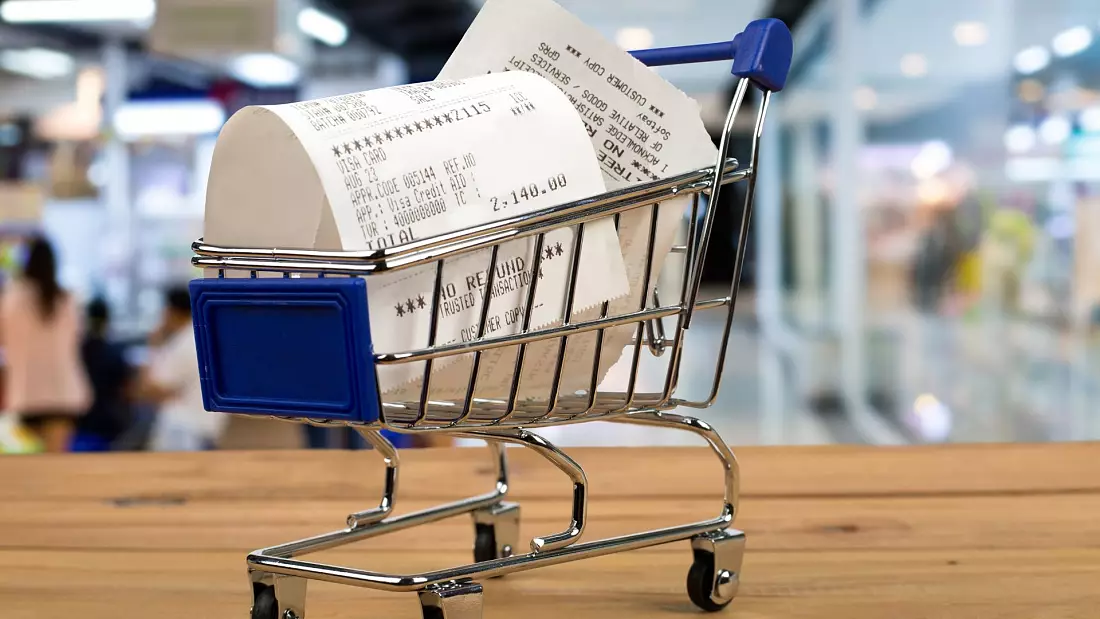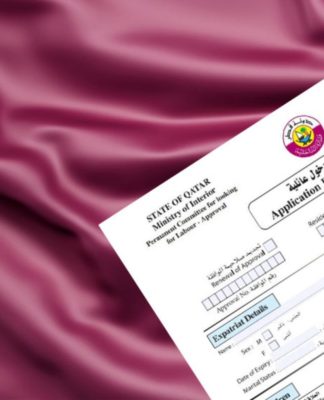MONEY
Record inflation: Which countries in Europe are being worst hit as energy and food prices soar?
Price hikes in food and energy are among factors that are contributing to record inflation in Europe
Price hikes in food and energy are among factors that are contributing to record inflation in Europe – Copyright Canva
By Luke Hurst & Natalie Huet with AP • Updated: 16/11/2022 – 12:19
Inflation in the UK rose more than expected in October, reaching 11.1 per cent, its highest level since 1981.
This compared to 10.1 per cent inflation in September, the Office for National Statistics said on Wednesday. The rise was mostly fuelled by soaring electricity and gas prices, up 24 per cent year-on-year despite a government cap, and by food prices, up 16.4 per cent.
In the eurozone, annual inflation is expected to have hit a new record high of 10.7 per cent in October, up from 9.9 per cent in September, according to the latest estimate of the bloc’s statistics body Eurostat.
Inflation explained: What is it, what causes it and how do we deal with it now?
More than half of the eurozone countries recorded double-digit inflation rates in October, including Germany (11.6 per cent), Belgium (13.1 per cent) and the Netherlands (16.8 per cent). France showed the lowest rate, at 7.1 per cent.
Italy saw the biggest monthly increase in prices, with inflation jumping from 9.4 per cent in September to 12.8 per cent in October.
Energy prices were again the main drivers of eurozone inflation, with a 41.9 per cent year-on-year rise, compared with 40.7 per cent in September and 38.6 per cent in August.
What do shrinkflation, skimpflation and stagflation mean and are they worse than inflation?
Every corner of the continent is facing rising prices, with Europe’s expected economic bounceback from the coronavirus pandemic being hampered by a number of factors.
Here is a look at the inflation rate in each country in Europe:
The Baltic countries continue to be the hardest hit. Estonia in particular is experiencing the highest levels of inflation in the eurozone, at 22.4 per cent in October compared to 6.8 per cent a year ago.
But Estonians can breathe a very small sigh of relief this month, as inflation slightly eased compared with September, when it reached 24.1 per cent, and August, when it was at 25.2 per cent.
Inflation in Lithuania also hit 22.0 per cent, while in Latvia it dipped slightly to 21.8 per cent.
The eurozone’s inflation is up from 7.4 per cent in April, as Europeans continue to see soaring energy and food prices fuelled in part by Russia’s war in Ukraine
Energy bills are soaring in Europe. This is what countries are doing to help you pay them
Following in the footsteps of its counterparts in other parts of the world, in July the European Central Bank (ECB) raised interest rates for the first time in 11 years by a larger-than-expected amount, as it targets stubbornly high inflation.
This was followed by another record rate hike in September, raising new questions about whether the rush to make credit more expensive and keep inflation in check will plunge major economies into recession.
On October 27, the ECB raised interest rates again, hiking its deposit rate by a further 75 basis points to 1.5 per cent – the highest rate in more than a decade.
Europe’s cost of living crisis: This is how much more rent you are paying in your country
What’s causing these inflation rates?
Europe and much of the wider world were already being hit with soaring energy prices – which contribute to inflation – before Russia’s invasion of Ukraine in late February.
The conflict has exacerbated the energy crisis by fuelling global worries it may lead to an interruption of oil or natural gas supplies from Russia. Moscow said in September it would not fully resume its gas supplies to Europe until the West lifts its sanctions.
Russia typically supplies about 40 per cent of Europe’s natural gas.
Can these floating ‘powerships’ save Europe from its energy crisis this winter?
Inflation and the energy crisis are driving more people towards prepayment meters
The prices of many commodities – crucially including food – have also been rising ever since COVID-19 pandemic lockdowns were first introduced two years ago, straining global supply chains, leaving crops to rot, and causing panic-buying in supermarkets.
The war in Ukraine again dramatically worsened the outlook, as Russia and Ukraine account for nearly a third of global wheat and barley, and two-thirds of the world’s exports of sunflower oil used for cooking. Ukraine is also the world’s fourth-biggest exporter of corn.





























